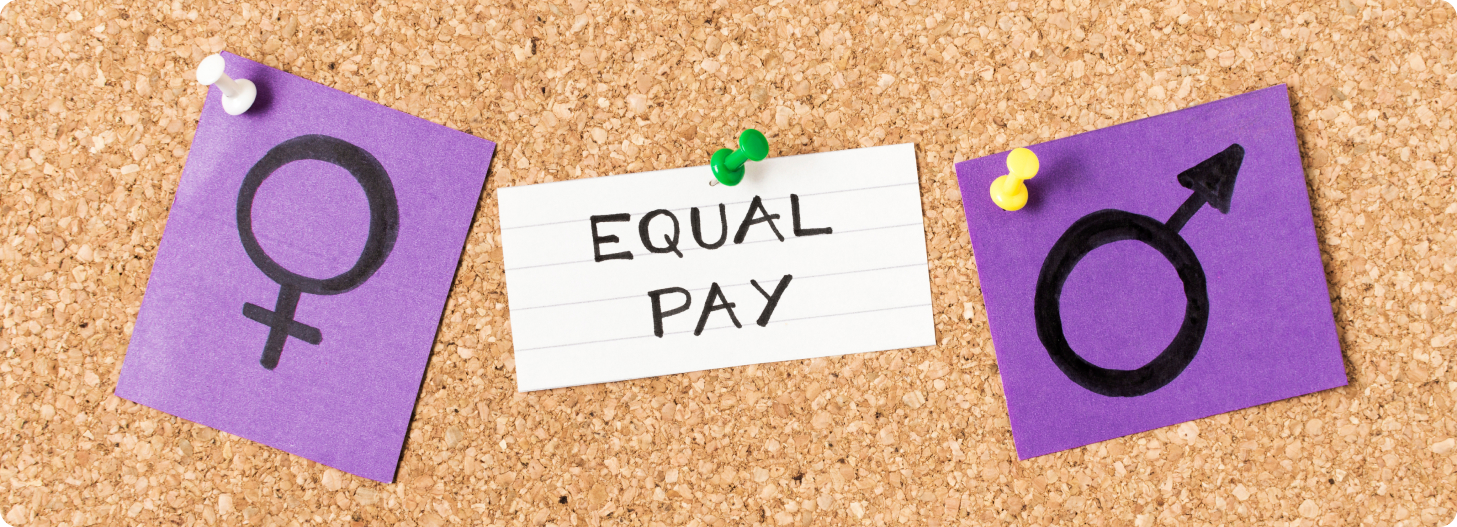Fresh off the press, employers must now comply with gender pay gap reporting law. In short, organisations over a certain size must publish information about any differences in what they pay to male and female employees.
The Government had earlier published the Gender Pay Gap Information Act 2021 but some of the detail around how the Act would apply was left to be detailed in a set of Regulations. As of 3 June 2022, we now have those Gender Pay Gap Regulations.
Now that we have that detail, let’s look at what this might mean for your organisation.
When does this start to apply?
Both the Act and the Regulations came into operation on 31 May 2022. So if the legislation applies to you (more on that below), it applies now.
Do you need to report anything?
You only need to report under the Gender Pay Gap legislation if your organisation has more than a certain number of employees. In a move to ensure the majority of Irish employers are eventually covered by the Gender Pay Gap legislation, that threshold is decreasing each year, to extend to more employers.
| Year | No. employees |
| 2022 | 250 |
| 2024 | 150 |
| 2025 and beyond | 50 |
In general terms, if you’re part of a group of companies, the number of employees for reporting purposes is the number employed by your Irish employing entity.
What do you need to report?
There’s more detail in the legislation around how these calculations work and what employees are calculated. But at a high level, if you need to report, your report must include:
- The percentage difference between the mean and median bonus of all male and female employees.
- The percentage difference between the mean and median hourly remuneration of part-time and temporary male and female employees.
- The percentage difference between male and female employees paid a bonus, and the difference between those bonus values.
- The percentage difference of male and female employees that received benefits in kind.
- How many male vs female employees fall into the lower, lower middle, upper middle and upper pay bands.
- If a gender pay gap is identified, you must also publish or make available a written statement setting out the reasons for the gap and what steps you are taking to address it.
When do you need to report?
You need to select a ‘snapshot’ date in June (starting in June 2022).
Whether you need to report, and your reporting calculations, will be based on the employees you employ at this snapshot date. This includes employees not rostered to work on that date and employees on leave.
You then need to prepare the calculations and publish your report at least 6 months after the snapshot date (so in December 2022 for your first report).
Where should the report be published?
The report must be published on your website or in some other manner that is accessible to all of your employees and to the public.
What if you don’t do it?
If you don’t comply with the reporting obligations, Irish Human Rights and Equality Commission can apply to the Circuit Court or the High Court for an order requiring you to do so.
Your employees can also refer the matter to the Workplace Relations Commission, who may require you to take certain actions to comply with the legislation.
Both paths are costly and could damage your reputation.
What Now?
- Don’t ignore it!
- Select a June 2022 ‘snapshot’ date.
- See if your organisation has more than 250 employees on that date.
- If you don’t – then set a reminder to re-look at this in June each year. You might be above the threshold then, and remember the threshold is getting lower over the next few years.
- If you do, keep reading!
- Identify who in your organisation has the information you need. This could be across your finance, payroll and HR/people teams.
- Gather the information and complete the calculations you need to report on.
- Take a look at the data. Is there a gender pay gap? Is there an explanation for it? Are there actions you can take to address the gap?
- Publish the information by the December 2022 deadline.



